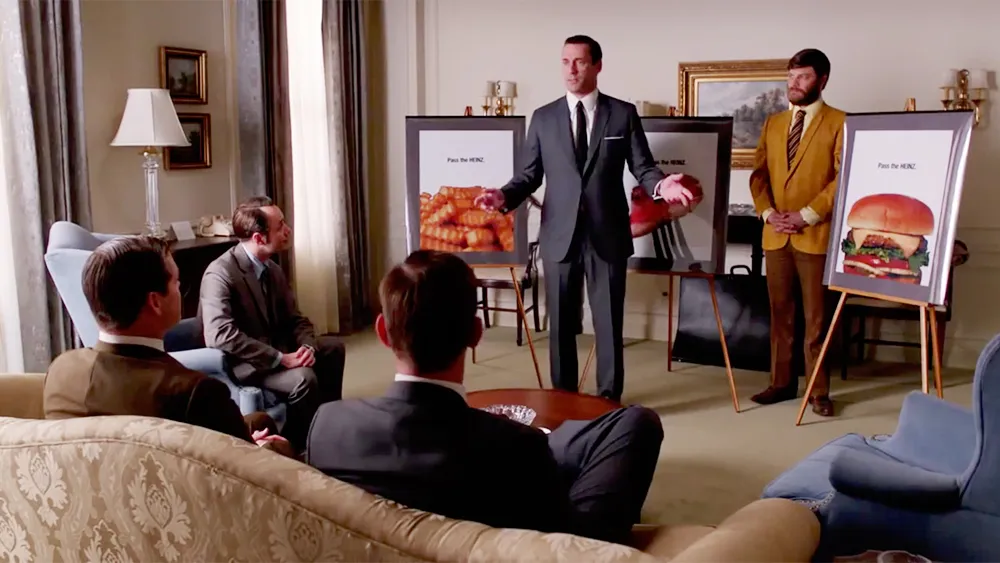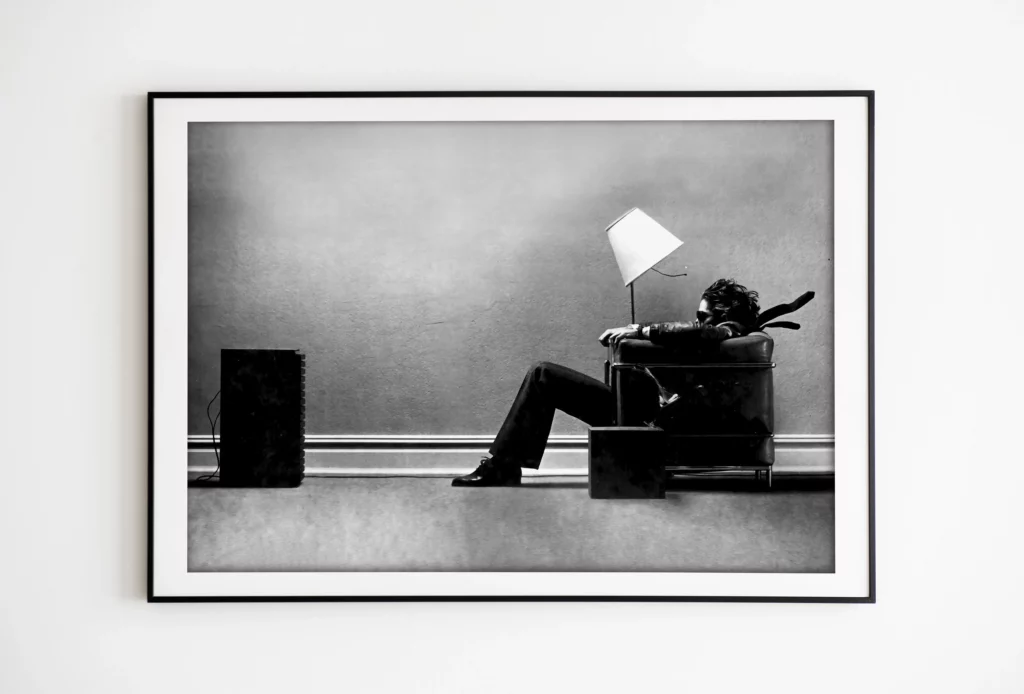
. . .
How do you know when the messaging is right?
Our methodology is often looked at as purely “strategic” in scope, but it soars in the purely “tactical” world of message testing.
We mentioned Message Testing on the “What we do” page, but it’s such a specific task that is frequently done without true “qualitative” research, we wanted to make a specific section about it.
What do we do for Message Testing and how is it different?
First, we would do about half of the interview as usual — with some core, fundamental explorations of the Respondents’ feelings and perceptions about the issues at hand. Then (usually) we let them use their imaginations to make up a TV commercial or an ad of some other kind (depending on the clients’ plans), and then we expose them to the messages we want to test.
We would do about half of the interview as usual — some core, fundamental explorations of the Respondents’ feelings and perceptions about the issues at hand. Then (usually) we let them use their imaginations to make up a TV commercial or an ad of some other kind (depending on the clients’ plans), and then we expose them to the messages we want to test.
We have done this “exposure” with finished TV commercials, rough-cut TV commercials, storyboards, or even media as scant as the interviewer reading a script or a paragraph describing the concept.
Because the Respondents have already been in a relaxed state AND revisited experiences in their lives that are relevant to the subject of the message, their reactions are deep, thorough, and– most important– EXPRESSIVE.
Are you using focus groups or online testing? With that kind of message testing, you can’t get much more than “they like X more than Y, but they hated Z.”
…
The critical piece of missing information is WHY?
Further, we’ll probe on how the respondents would “improve” the message.
Another technique is to expose them to the message, then take it away, and immediately talk to them about what they remember about the message they just saw. It can be staggering– and sometimes upsetting to ad agency types– to see what little “sticks” from a message that consumers just witnessed, in a totally focused and non-distracted way (meaning far better than the messages will receive in the real world). They sometimes still completely misunderstand the point. (On one project for an OTC medication, the respondents consistently disconnected which product was being advertised– because the client’s message tried to piggy back on another product’s success and reputation. One ad agency guy said, “Where did you get these stupid respondents?” Ah, but it wasn’t the respondents... )
And always, we help to understand how the viewer connects and makes decisions.
In one classic advertising campaign we all know from our youth – one for a recording tape, instead of the agency listing the technical specs like frequency response, curves and graphs, the ad simply went directly to the physical sensation as an exaggeration to communicate the feel of being blown away. It was a LOT more effective than the engineering details. It said nothing about the product but everything about what the consumer really wanted to experience.
